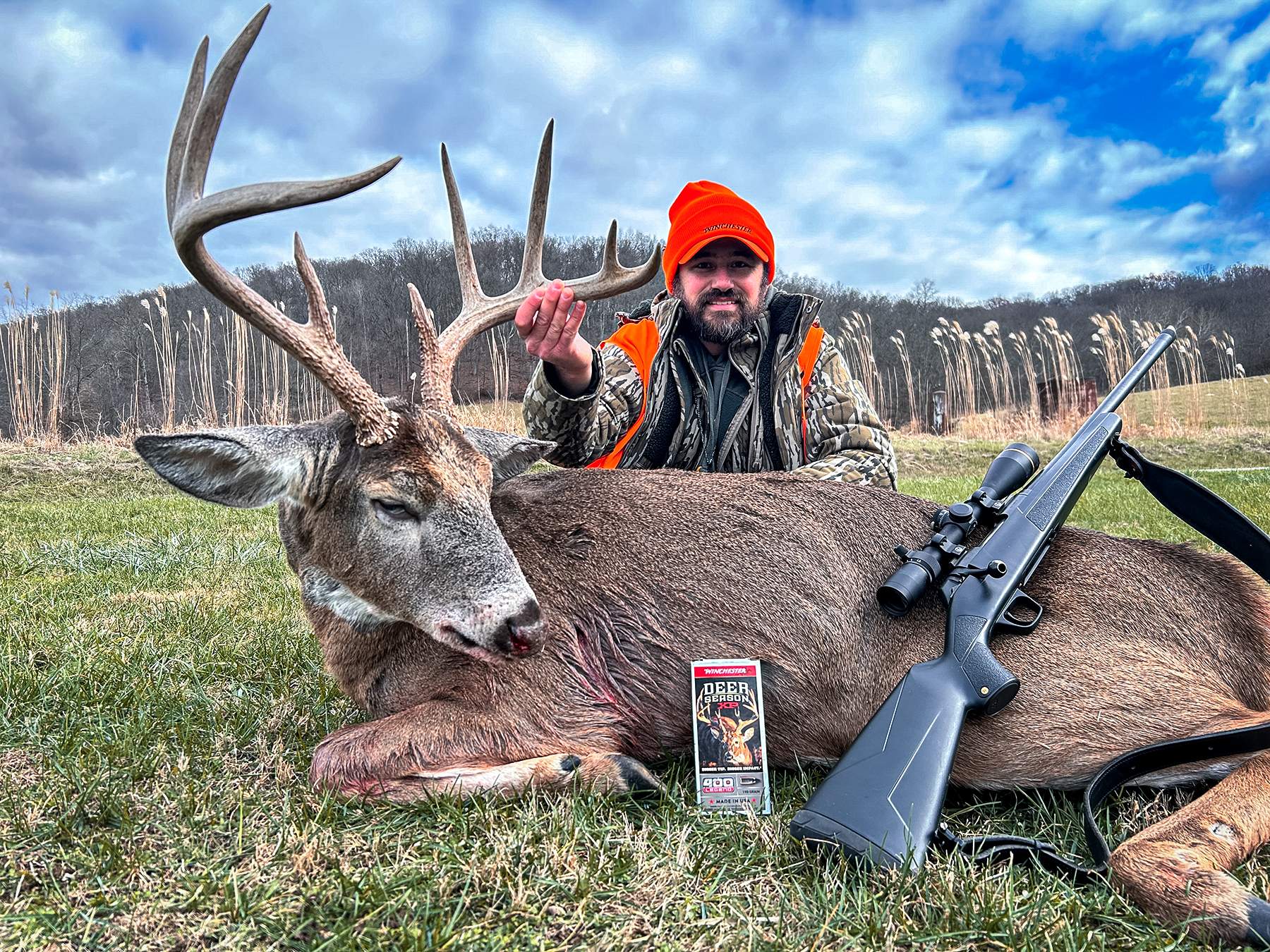Many deer hunters dream of watching a heavy-racked buck walk through the timber. They long for a hunt where they can see a lot of deer and bring home a massive set of antlers. Of course, seeing new places, and beautiful terrain, is a major draw as well. Good food, great camaraderie, and new friendships are part of the adventure, too.
As a lifelong deer hunter, most of my hunting has been DIY-based. That said, given the nature of my job, I’ve attended numerous media hunts. These are where groups of media professionals gather and test hunting gear on a hunt.
As such, many of these have been with outfitters. In hunting with different outfitters in numerous states, I’ve learned to have certain expectations when deer hunting with an outfitter. Here are 18 of those.
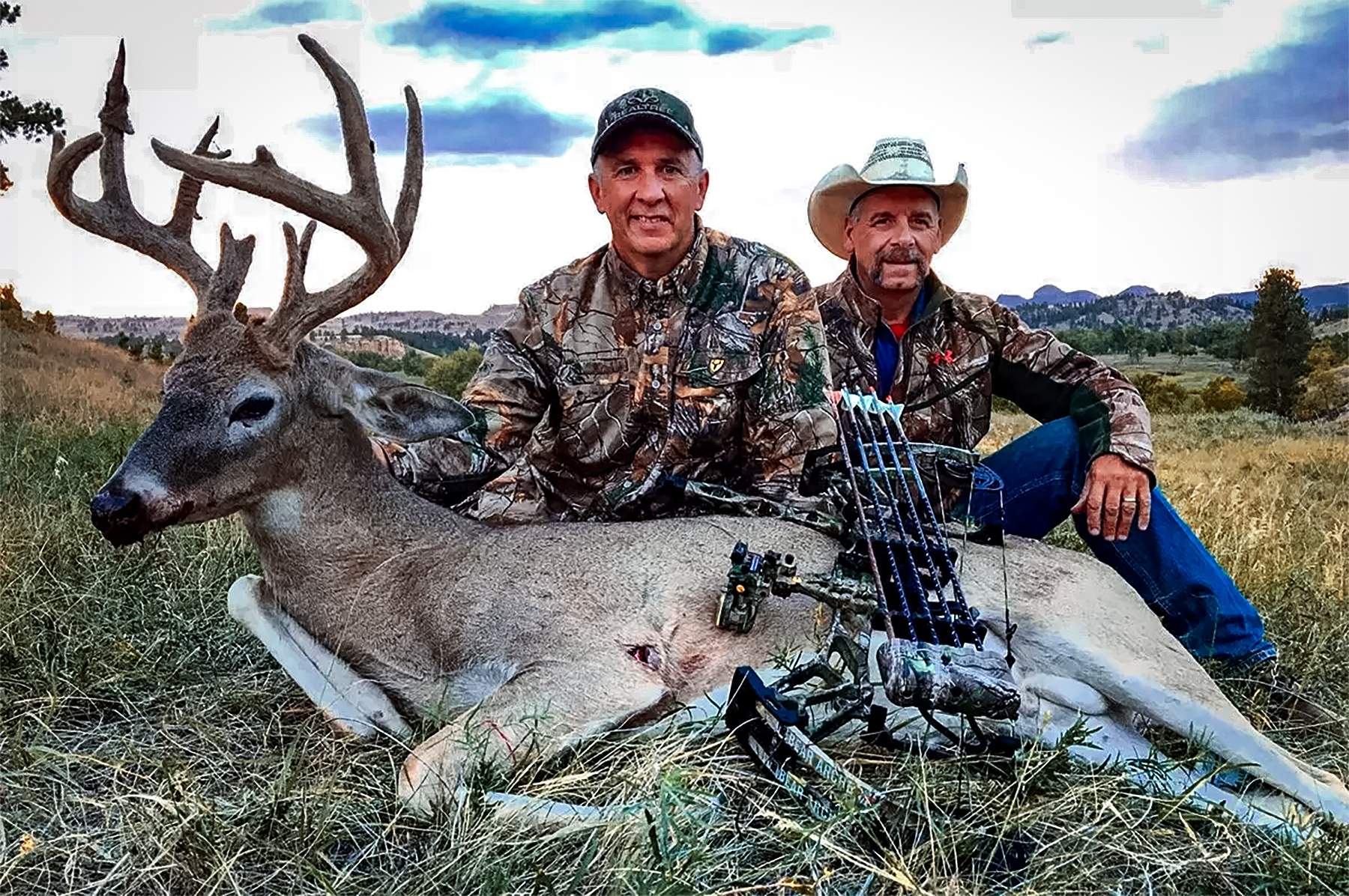
Outfitters Tend to Match a Certain Style of Hunting
Outfitters and hunting guides tend to have their own styles of hunting. Usually, these tendencies and tactics tend to bleed over into the hunts that clients experience.
Of course, hunting styles are influenced by location, as each state and region has different laws, norms, and traditions. When choosing an outfitter, ensure their hunting style matches yours, or is at least compatible with your expectations.
Different Services Offered
Every outfitter is different. Some hunt this way or that way. Likewise, some offer this service or that service.

Generally, outfitters are semi-guided, fully guided but no amenities or food, fully guided with amenities but no food, or fully guided with amenities and food. When booking with an outfitter, ensure they offer what you’re wanting or needing in an outfitted hunt.
Outfitter Hunts Vary in Quality
Not all outfitters are the same. Some outfitters are more experienced than others. Others are less skilled.
Likewise, the guides who work with outfitters have varying levels of abilities. It’s important to determine who you’ll be hunting with, and if they possess the level of hunting skills you hope for.
Bank on a List of References
Every outfitter worth their salt should be able to deliver a quality list of references. Before booking with an outfitter, ask for a list of references to contact. This is an important step in determining if they’re the right fit for you, or not.
Outfitted Hunts Range in Price

Outfitters charge slightly different prices. One outfitter might charge $4,000 for a rut hunt, and another might charge $10,000. As with anything, supply and demand drives this. So does the quality of the product. (In this case, the number and size of the deer.)
The time of season impacts this, too. For example, rut hunts tend to be the highest-priced trips. Late-season outings are the cheapest. Not that hunters have better odds on this hunt or that one, but it’s mostly supply and demand driven.
Expect a Deposit
Most outfitters require a deposit upon booking a hunt. This preserves your spot in the season to come. Plus, the deposit money is necessary for operating costs within the outfitting business.
That money is necessary to prep for the season, secure hunting leases, cover lodging, etc. Your deposit money helps make the hunt possible.
Plan for Additional Costs
Your outfitter payment should cover whatever services the outfitter provides. This includes the hunt, lodging (some outfitters), and food (again, some outfitters).
The outfitter payment might not always cover the latter things, though. So, it’s important to ask what’s included. All said, the outfitter payment never accounts for the tip you’ll be expected to pay the guide. This is an additional payment on top of your outfitter fee.
In most cases, your hunting license, tags, and other state-required documents are separate, too.
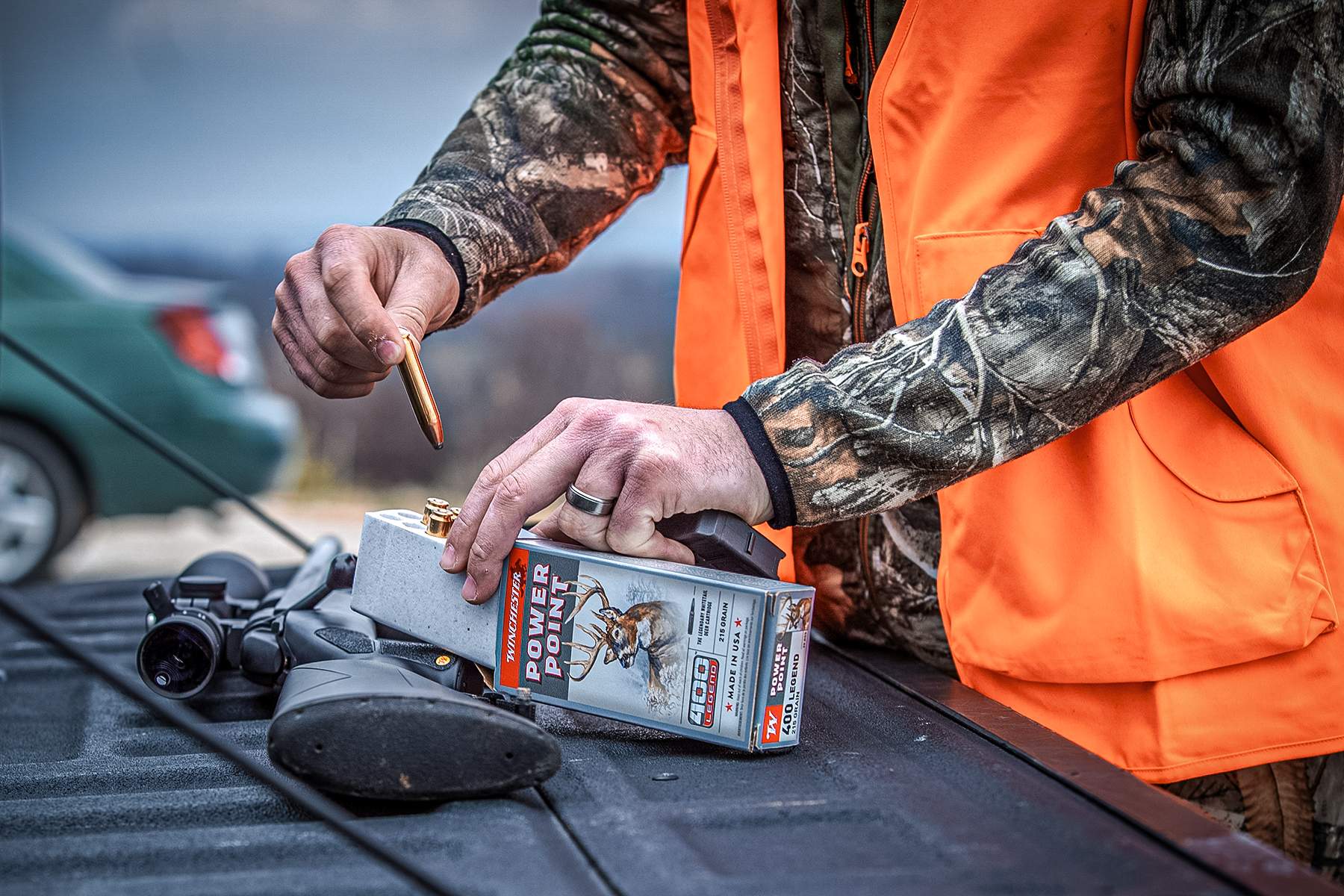
Meals and Lodging Vary, Too
As noted, some outfitters might provide meals, and others won’t. Some offer three meals per day. Others only cook one or two meals.
Check with the outfitter to determine if you’ll need to provide some of your own dining.
Determine What Gear You Need to Bring
Every outfitter has a different set of requirements. At times they provide certain items. Many require hunters to bring all necessary equipment, though.
Check in before the hunt and bring everything you’ll need to be successful. If possible, bring backups, too.
Your Physical Abilities Matter
Each outfitter is different in the hunting methods they deploy. Most have a mix of treestands, hunting blinds, etc. I’ve hunted with some that drive you right up to an easy-to-climb elevated blind.
Others dropped me a mile from a stand, and I climbed a tree. Still, others resulted in long, all-day stalks. Thus, your physical abilities matter. Choose an outfitter that can accommodate your physical capabilities.
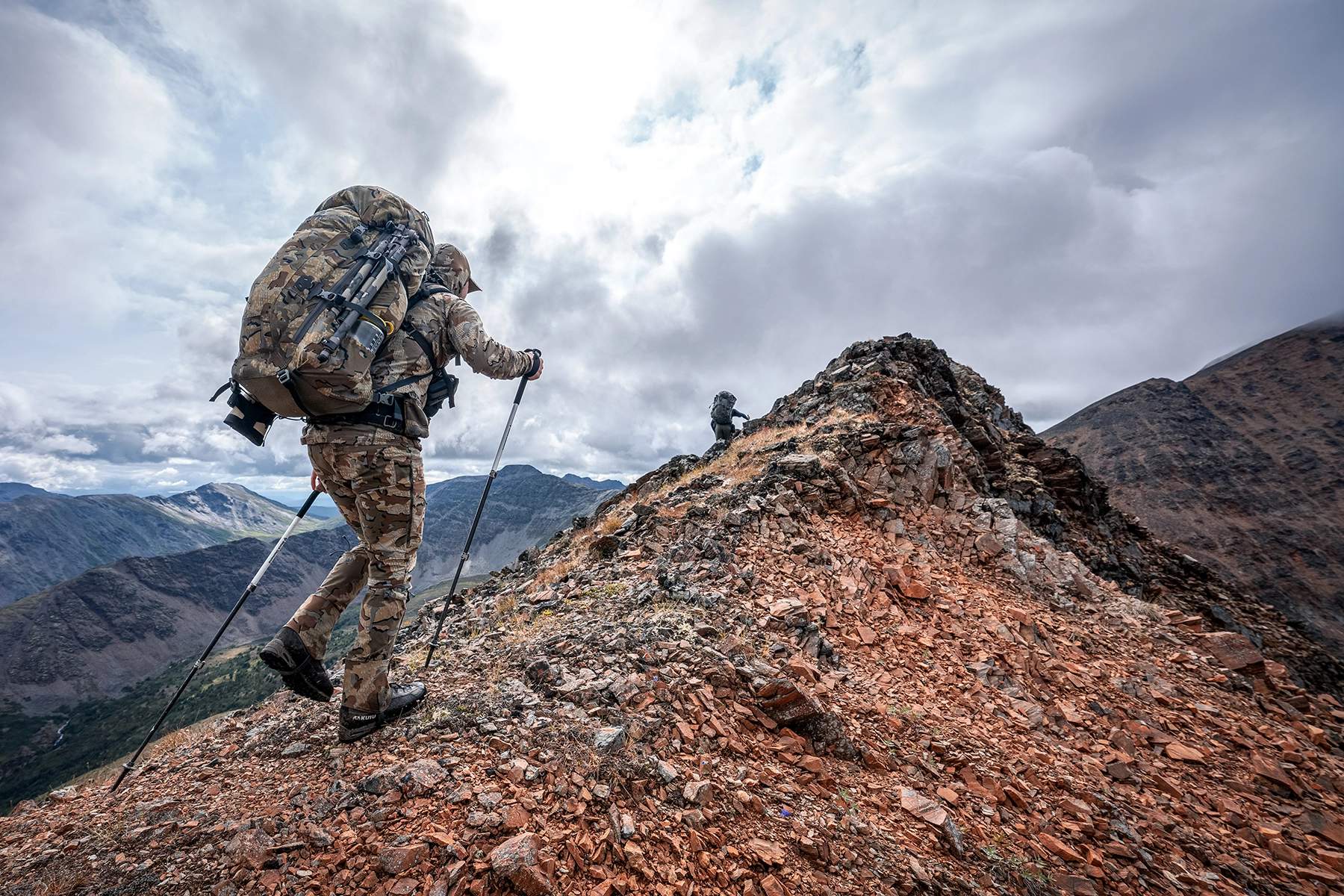
The Guide or Outfitter Calls the Shots
The guide and outfitter make most of the hunting-based decisions. Unless they ask you, they don’t expect much input from the hunter. Not to say that you can’t or shouldn’t collaborate.
That said, they’re making the final calls on everything. Unless you’re uncomfortable with a decision, listen to what they have to say. They know the ground, and the local deer, better than you.
You Might Have to Make Difficult Decisions
Some outfitters and guides leave a portion of the decision-making up to the hunter. This allows them to feel more invested in the hunt.
It’s more about the process, and a percentage of operations allow the hunters to make certain calls. So, be ready to make difficult decisions before and during the hunt.
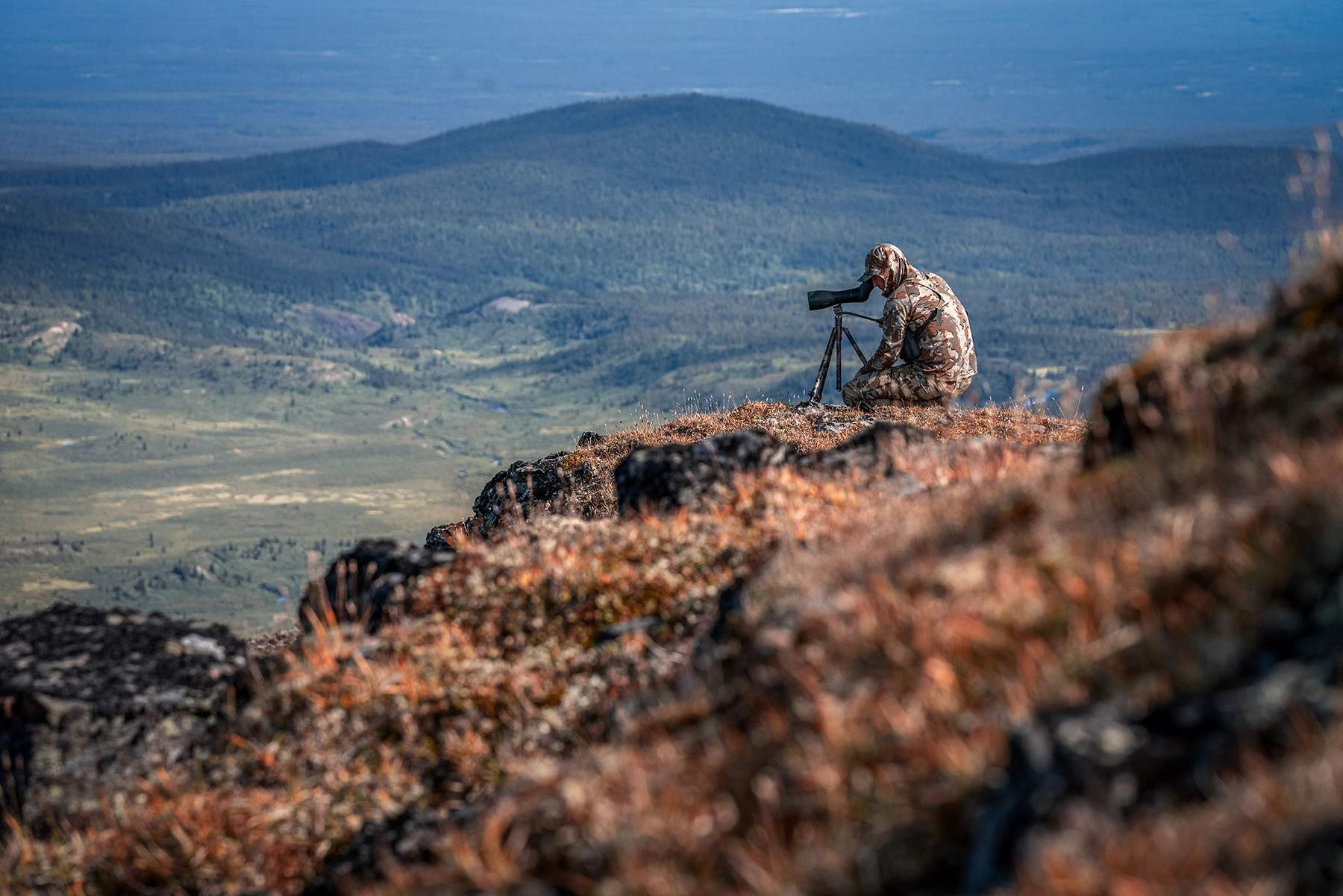
Most Guides Are Great, But Some Aren’t
Most deer hunting guides are great. They know how to hunt deer. They know and follow the hunting laws. Some aren’t so great, though.
Therefore, it’s important to be knowledgeable of the hunting regulations, and determine if guides and outfitters are following these. If not, speak up, and if needed, make a change.
You Might or Might Not Field-Dress That Animal
Some deer guides field-dress and process harvested deer. Others don’t. It really depends on the specific outfitter operation. So, be prepared to gut and break down your downed deer.
Don’t be surprised if the guide handles that part of the process, though.

You Can’t Just Shoot Any Buck
Most whitetail outfitters have rules on what deer can be shot or not shot. Generally, there’s a minimum age and/or score for harvesting deer. For example, the threshold might be 4 1/2-plus and/or 140-inch-plus minimums.
Shooting anything younger or smaller than these limits might result in an additional penalty, which ranges in price from one outfitter to the next.
Except, Sometimes You Can
A percentage of outfitters don’t deploy stipulations or fees. Oftentimes, even if they do practice the penalty concept, exceptions might apply. For example, a kid shooting their first deer.
Or a hunter shooting a very mature buck that doesn’t meet the minimum score. Or even a younger deer that doesn’t exhibit promising antler genetic potential.
These and more are reasons you might not be fined for shooting a deer that isn’t on the “shoot” list.

But Expect a Fine If You Shoot a Strict “No Go” Buck
Whatever you do, definitely don’t shoot big deer that are still young and showing signs of significant antler growth in the future. For example, don’t kill a 3 ½-year-old, 150-inch 10-pointer. That’s a fast track to a fine and no invite back the next time.
Outfitters and guides know their deer well. Because of this, it’s important to study trail camera photos of the deer you’re after, and don’t bag a deer that’s strictly on the “no shoot” list.
Filled Tags Aren’t Guaranteed
Many hunters spend thousands of dollars and think they should have a guaranteed shot at a trophy buck. As someone who’s hunted with numerous outfitters, it doesn’t work that way.
Hunting is hunting. When going with an outfitter, that price tag isn’t for getting a shot at a buck. It’s for access to quality ground. Filled tags aren’t guaranteed, and it’s important to remember that before, during, and after the trip.

An Outfitted Deer Hunt in Action With the Winchester 400 Legend
Last season, I hunted in Ohio with Wolf Creek Outfitters. We were there to test Winchester’s 400 Legend. It’d been out for a couple years in the Power Point line. However, the offering in Deer Season XP was new. We hoped to see its performance on heavy-bodied east-central Buckeye state whitetails.
The guide dropped me off long before daylight. I settled my gear, got quiet, and started staring out the windows into the darkness. Within a few minutes, my eyes adjusted, and I could see deer moving around in the field in front of me.

Even 20 minutes before legal light started, I could see numerous whitetail profiles milling around in the food plot in front of me.
About 10 to 15 minutes before legal light started, I noticed one of them seemed to have an impressive set of antlers. I couldn’t make out points, mass, or tine length. But when the deer turned its head, I could see a wide frame.
Once legal shooting light started, I could see the deer was plenty mature. The big buck was with a doe, and they milled around in front of me. Both were calm, and didn’t seem to be in a hurry, so I continued to watch them.
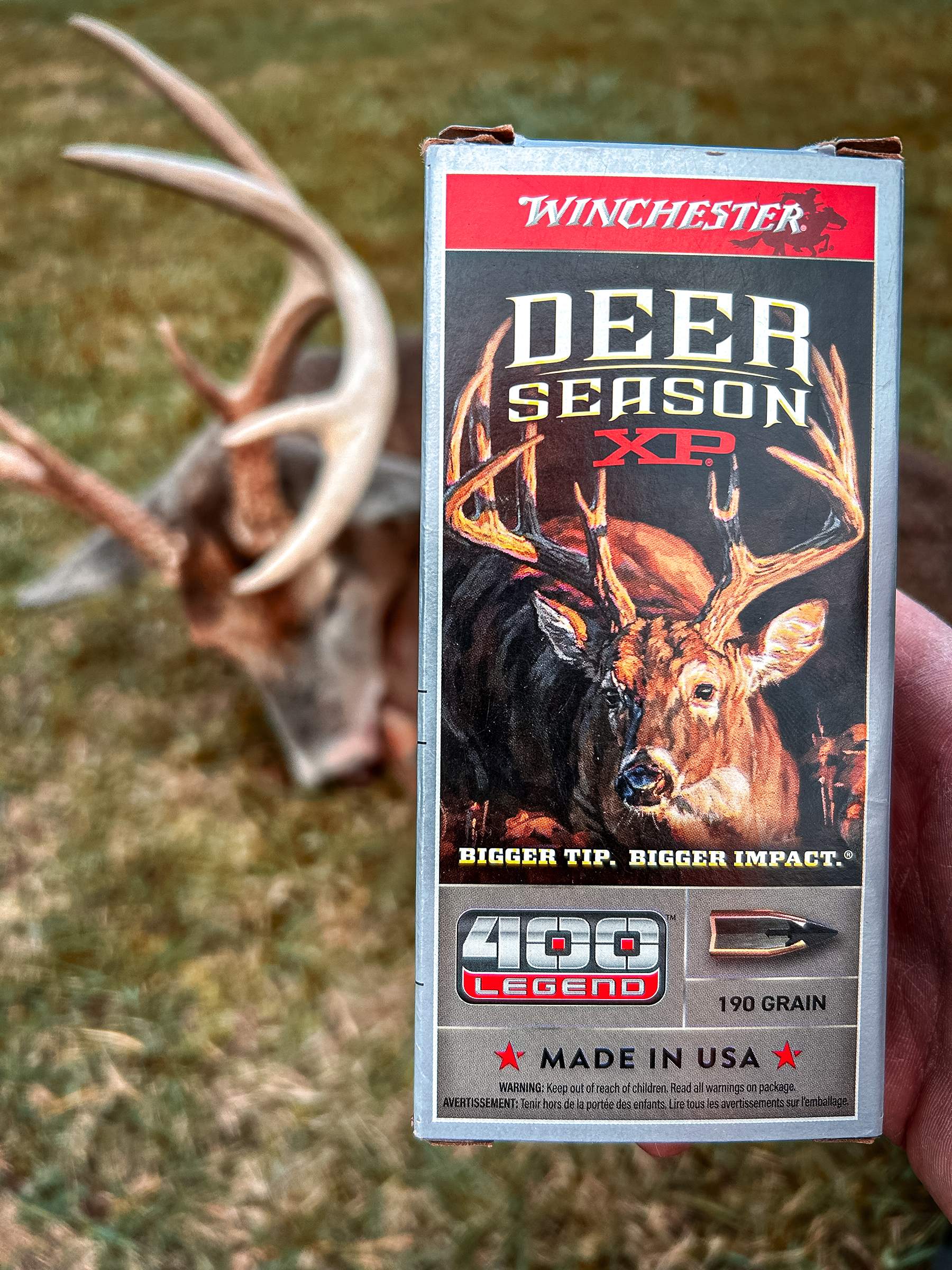
With plenty of light to shoot, I settled the crosshairs on the buck’s vitals and took the 75-yard shot. The 190-grain bullet connected, and the deer ran 70 yards before tipping over. Just like that, the hunt was over.
Of course, there isn’t much to that story. But the hunt was short. The outfitter was prepared. And it didn’t take long to fill my tag or see how well the 400 Legend in Deer Season XP truly performs.
Compared to other heavy-hitting straight-wall calibers, such as 450 Bushmaster and .45-70 Govt., I greatly prefer the 400 Legend. Studying its ballistics, I found:
| Distance | Velocity (fps) | Energy (ft. lbs.) |
|---|---|---|
| Muzzle | 2,400 | 2,430 |
| 50 yards | 2,191 | 2,025 |
| 100 yards | 1,992 | 1,675 |
| 200 yards | 1,631 | 1,122 |
| 250 yards | 1,472 | 914 |
| 300 | 1,330 | 747 |
Best of all, it offers much less report and recoil than other big straight-wall calibers.
Winchester Ammunition has been getting it done since 1873, and this new offering isn’t any different. Winchester’s Deer Season XP in 400 Legend is the premier option for hunters who pursue whitetails in straight-wall states.

